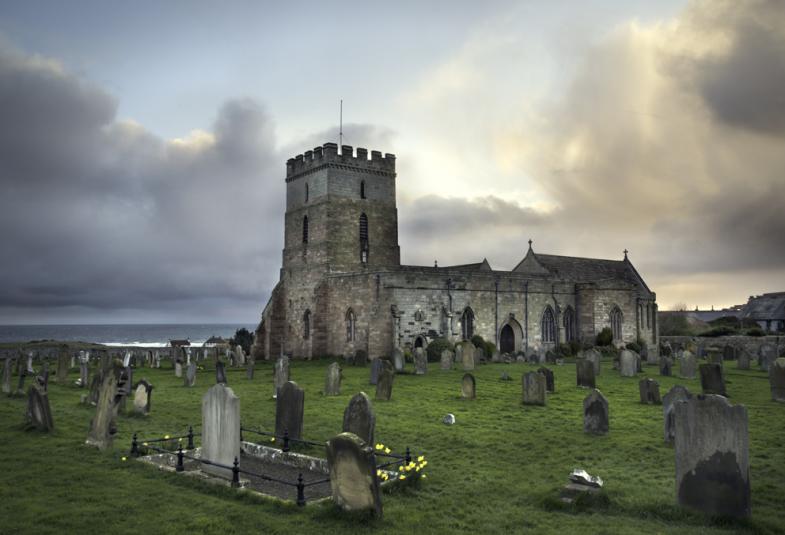Quinquennial inspection

|
[edit] Introduction
A Quinquennial Inspection (QI) is a detailed, professionally-compiled report of a church which must be carried out at least once every five years (Quin = five (Latin)). Its provisions form part of the Inspection of Churches Measure 1955 (as revised 1991) which has the same force as a statute.
The Church of England has pioneered the regular inspection of church buildings with the aim that houses of worship should be kept in good order architecturally, structurally and, generally in an acceptable state of repair. Under the Measure, every diocesan synod must provide for the inspection and subsequent report on the parish churches in the diocese, as well as any other consecrated buildings which are licensed for public worship.
The quinquennial inspector appointed is always a named individual, not a firm, and they should be either an Architects Registration Board (ARB)-registered member or a Royal Institute of Chartered Surveyors (RICS) chartered building surveyor. The inspector is usually appointed by the parochial church council (PCC) – the executive committee of a C of E parish – usually for one inspection and one report. If a parish fails to instigate an inspection, they may be served a notice by the archdeacon to do so which, if ignored, can lead to direct arrangements made by the archdeacon.
The inspector’s training, accreditation and experience in building conservation must be suited to address the complexity and significance of the church in question. Their quinquennial report (QR) will give an overview of the repair needs of the building, and will usually highlight the repairs required according to their priority.
[edit] Typical headings in a quinquennial report
An inspector undertaking a QI may work according to headings which can include:
- Overall condition of the building fabric.
- New repair works carried out since the last inspection.
- Urgent repairs needed and timescale for their completion eg, immediately, ASAP, within 18 months, three years, etc.
- Detailed condition of walls, roof, tower, plumbing, heating, furniture, etc
- Recommendations for future maintenance of building and contents.
- Requirements for further detailed investigations, if needed.
The fees charged for the QI are generally reimbursed by the diocese or deanery, and many churches submit an annual fee towards the report.
[edit] Related articles on Designing Buildings Wiki
IHBC NewsBlog
Old Sarum fire in listed (& disputed) WW1 Hangar - Wiltshire Council has sought legal advice after fire engulfed a listed First World War hangar that was embroiled in a lengthy planning dispute.
UK Antarctic Heritage Trust launches ‘Virtual Visit’ website area
The Trust calls on people to 'Immerse yourself in our heritage – Making Antarctica Accessible'
Southend Council pledge to force Kursaal owners to maintain building
The Council has pledged to use ‘every tool in the toolbox’ if urgent repairs are not carried out.
HE’s Research Magazine publishes a major study of the heritage of England’s suburbs
The article traces the long evolution of an internal programme to research 200 years of suburban growth
IHBC Context 183 Wellbeing and Heritage published
The issue explores issues at the intersection of heritage and wellbeing.
SAVE celebrates 50 years of campaigning 1975-2025
SAVE Britain’s Heritage has announced events across the country to celebrate bringing new life to remarkable buildings.
IHBC Annual School 2025 - Shrewsbury 12-14 June
Themed Heritage in Context – Value: Plan: Change, join in-person or online.
200th Anniversary Celebration of the Modern Railway Planned
The Stockton & Darlington Railway opened on September 27, 1825.
Competence Framework Launched for Sustainability in the Built Environment
The Construction Industry Council (CIC) and the Edge have jointly published the framework.
Historic England Launches Wellbeing Strategy for Heritage
Whether through visiting, volunteering, learning or creative practice, engaging with heritage can strengthen confidence, resilience, hope and social connections.













